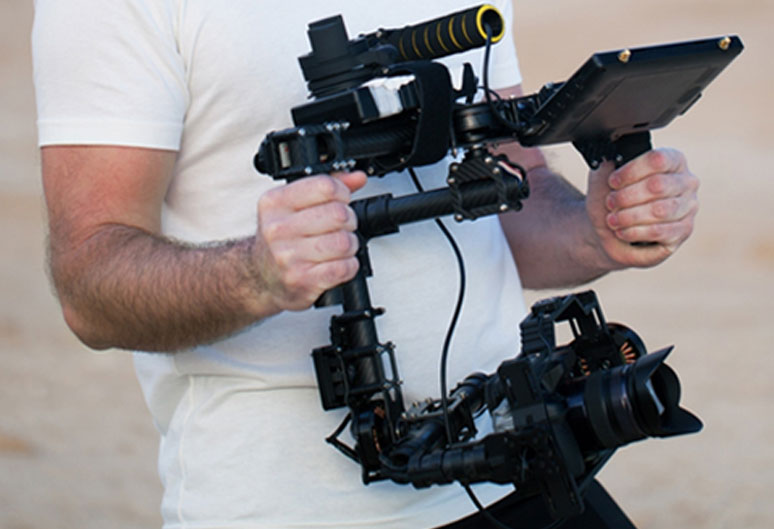Want to use a mirrorless camera for filmmaking? We provide some advice and our top picks.
There’s a case to be made that if you want to see where the real innovation in photography is happening right now, you should look to mirrorless cameras, and the same can be argued for video shooting. In a relatively short space of time, mirrorless cameras have gone from cheap point-and-shoot junk to serious players threatening to overtake the DSLR heavy hitters.
Mirrorless cameras have a great deal going for them, as we shall see. They’re small, light, often come with great lens options and are increasingly packed with video-specific features and functionality. If you shoot video on a DSLR-sized rig, it may be time to start thinking about making the jump to mirrorless. However, there’s a lot to consider, and not all of it is positive — like anything, mirrorless cameras come with their advantages and disadvantages. In this blog, we’re going to sort through a few of those for you, before recommending some of our favourite mirrorless models for video shooters.
One thing worth mentioning, before we start, is that the term ‘mirrorless camera’ encompasses a huge number of makes and models, many of which are radically different from one another. We will also be predominantly comparing shooting video on mirrorless cameras with shooting video on DSLRs, as the two have broadly similar price points and tend to be used by similar kinds of productions.
Everything clear? Then let’s get started.
Mirrorless for video — Pros and Cons
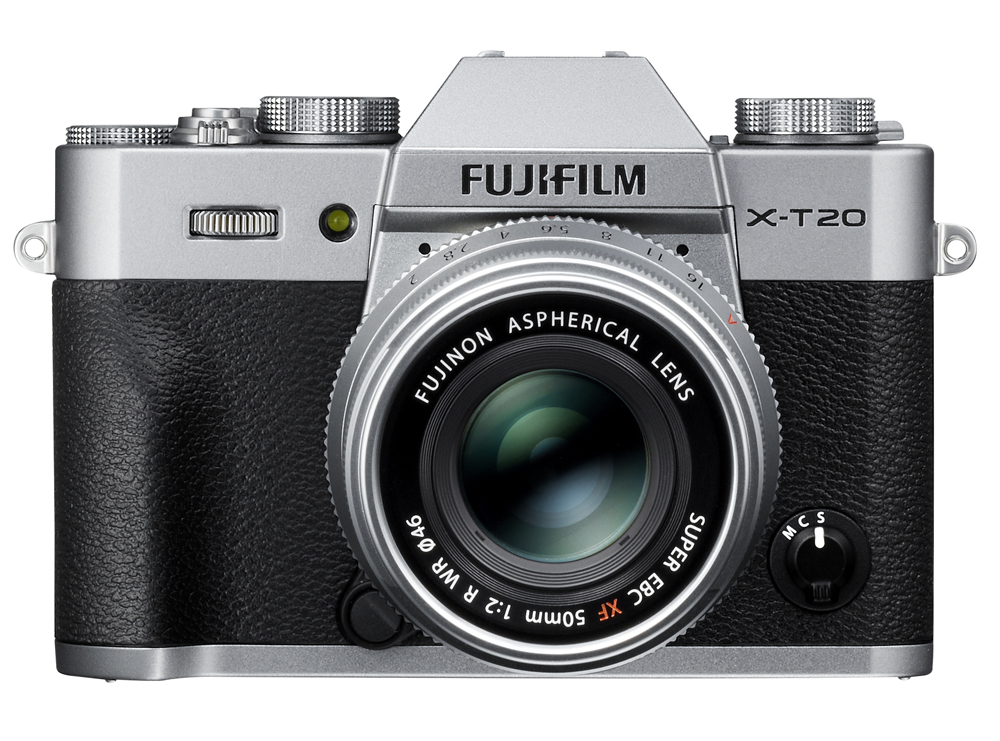 Pro: Light and portable
Pro: Light and portable
This is one of the main advantages people talk about when they talk about mirrorless cameras versus DSLRs — the simple fact that mirrorless cameras and lenses tend to be a lot smaller and lighter. You can get 4K video out of tiny bodies like Panasonic’s smaller Lumix G cameras.
Con: Sensors often smaller
Worth mentioning again — this is a generalisation. Many mirrorless come with full-frame sensors, notably Sony’s Alpha 7 models, and some even larger, such as Fujifilm’s medium format GFX-50S. However, quite a few of the most lauded and video-friendly mirrorless cameras such as the Panasonic Lumix GH5 are part of the Micro Four Thirds system, and thus use MIcro Four Thirds and Four Thirds lenses. The mirrorless Fujifilm X cameras, while stunning in many ways, also use sensors no larger than APS-C. This means the cameras can struggle to perform in low-light, producing noisier images than their large-sensor counterparts.
Pro: Electronic viewfinders
DSLR cameras use optical viewfinders. While many stills photographers prefer these to their electronic counterparts, the fact that a DSLR needs to keep its mirror continuously locked up when shooting video knocks its optical viewfinder out of commission. The electronic viewfinders on mirrorless cameras suffer no such difficulties and can be freely used while shooting video.
Pro: Choice of model
The sheer weight of options when it comes to mirrorless cameras is truly staggering. Even if we take just one brand — Panasonic — as an example, we can see the difference between the rugged, filmmaker-focused GH5 and the diminutive, pocketable GX800, both of which are capable of shooting 4K video. You can pick up the low-light monster that is the Sony A7S, or the polished all-rounders made by Panasonic. A great deal of choice indeed!
Pro: Lens adaptability
The short flange-focal distance of mirrorless cameras compared to DSLRs means that it’s much easier to adapt lenses to fit to them. This means that mirrorless users not only have access to the huge mirrorless lens ranges such as Micro Four Thirds, but can also expand to borrow optics from elsewhere much more easily than DSLRs.
Con: Fewer accessories than DSLRs
There are plenty of accessories available that will fit mirrorless cameras, however, in general, many photographic accessories are designed for DSLRs and their counterpart lenses — especially battery grips, filters, etc. The situation is slowly changing, with more bespoke accessories arriving for the mirrorless scene, but for now, DSLRs have the edge in this department.
Con: Smaller can mean less rugged
One of the nice things about chunky DSLRs like the Nikon D850 is that they can take a decent pounding and are well-equipped to survive in difficult weather conditions. Mirrorless cameras tend to be a little more fragile, and depending on what model you pick up, you will likely have to be a little more careful with it than you might with a DSLR.
Which are the best mirrorless cameras for filmmakers?
If you think a mirrorless might be what your setup needs, then congratulations! You’re now onto the most difficult stage of the process — deciding what camera suits your needs. As we mentioned earlier, one of the best things about mirrorless is the sheer wealth of choice on offer, however, this can make things difficult and overwhelming when it comes to selecting a camera.
To help get you started, we’ve selected five of our favourite mirrorless cameras available for filmmakers right now. We’ve based our criteria on a number of factors, including price, so these aren’t necessarily the most powerful or highly specced, however, we think any and all of them will allow you to produce fantastic videos.
Panasonic Lumix GH5
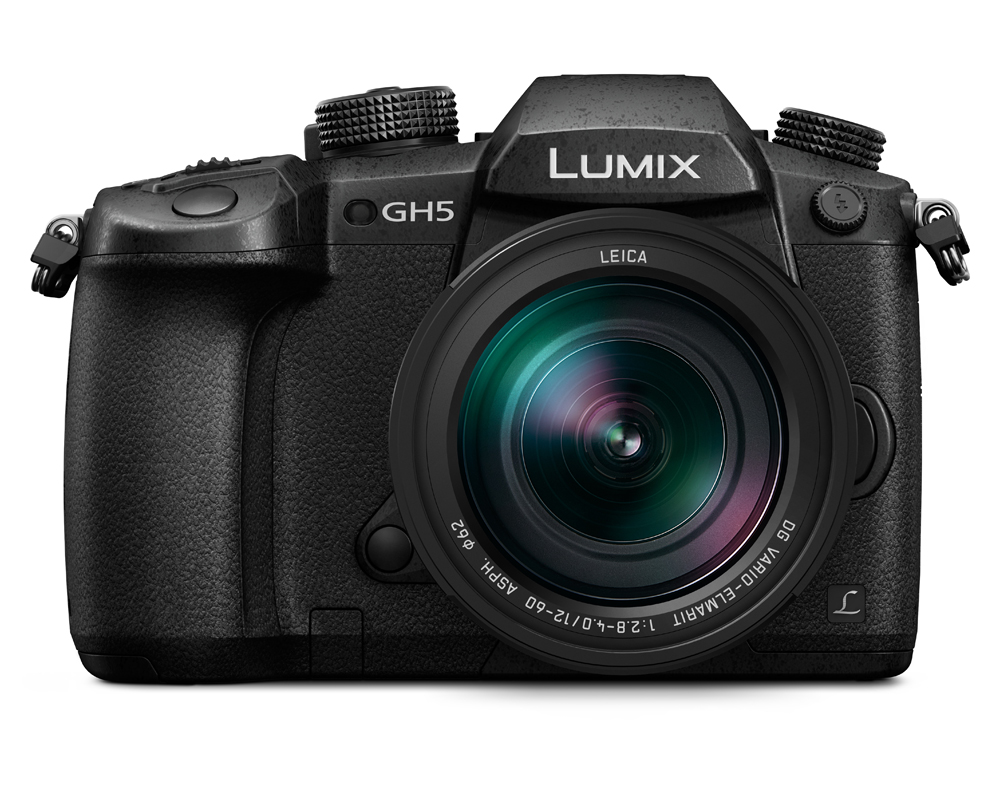 Right now, the Panasonic Lumix GH5 makes a convincing case for itself as the best mirrorless camera for video that money can buy. It’s able to shoot 4K video at 60fps using the full width of the frame, can shoot in 10-bit colour with 4:2:2 chroma subsampling for rich colour information, and has a full-size HDMI socket, rather than the mini-HDMI that was on the GH4. It offers a flat V-log profile which Panasonic says should increase the dynamic range to 12 stops. Cutting through the technical jargon though, what you need to know is that this is an outstanding, dependable camera that will produce terrific footage in every situation.
Right now, the Panasonic Lumix GH5 makes a convincing case for itself as the best mirrorless camera for video that money can buy. It’s able to shoot 4K video at 60fps using the full width of the frame, can shoot in 10-bit colour with 4:2:2 chroma subsampling for rich colour information, and has a full-size HDMI socket, rather than the mini-HDMI that was on the GH4. It offers a flat V-log profile which Panasonic says should increase the dynamic range to 12 stops. Cutting through the technical jargon though, what you need to know is that this is an outstanding, dependable camera that will produce terrific footage in every situation.
Sony a7S II
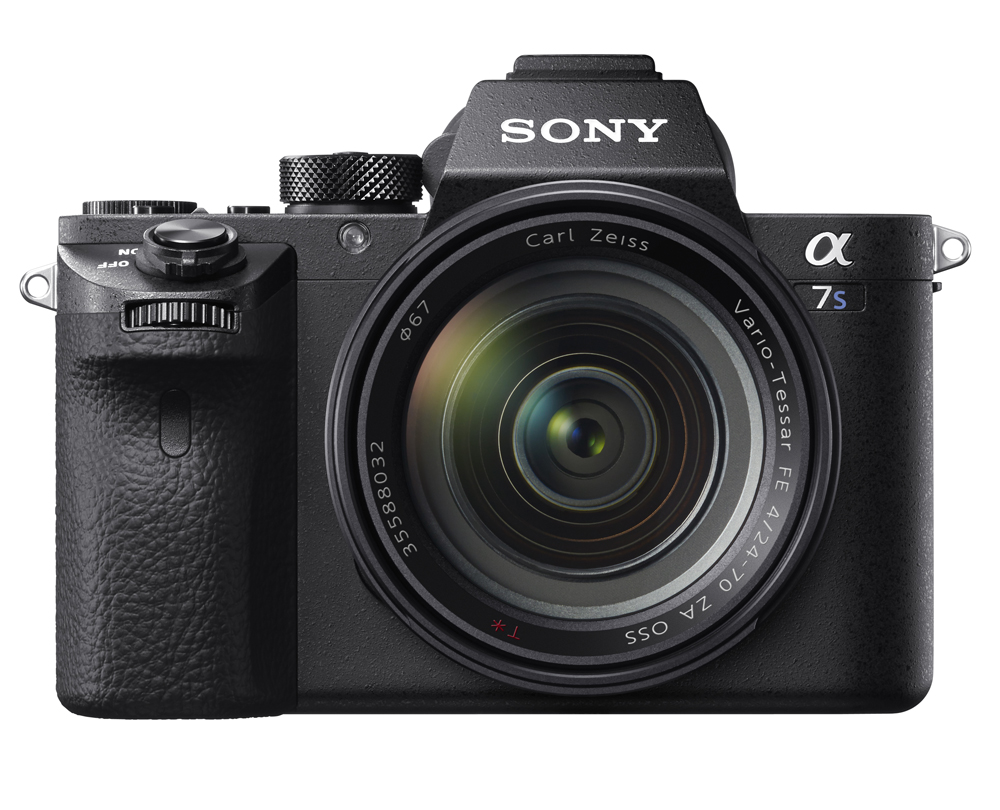 In the Sony Alpha stable, full of specialised cameras that excel at specific tasks, the a7S cameras are the low-light monsters. Its super-high maximum ISO level of 409,600 can quite literally turn night into day, and it also comes boasting S-Gamut3.Cine/S-Log3 colour profiles, a new Gamma Assist Display, enhanced slow-motion recording and more. Its 12.2MP sensor eschews high resolutions in favour of light-gathering, and works with the Bionz X processor to deliver 5-axis image stabilisation. Able to record 120 fps at 100 Mbps with full pixel readout, without pixel binning, the a7S II is a hugely versatile video producer.
In the Sony Alpha stable, full of specialised cameras that excel at specific tasks, the a7S cameras are the low-light monsters. Its super-high maximum ISO level of 409,600 can quite literally turn night into day, and it also comes boasting S-Gamut3.Cine/S-Log3 colour profiles, a new Gamma Assist Display, enhanced slow-motion recording and more. Its 12.2MP sensor eschews high resolutions in favour of light-gathering, and works with the Bionz X processor to deliver 5-axis image stabilisation. Able to record 120 fps at 100 Mbps with full pixel readout, without pixel binning, the a7S II is a hugely versatile video producer.
Panasonic Lumix G7
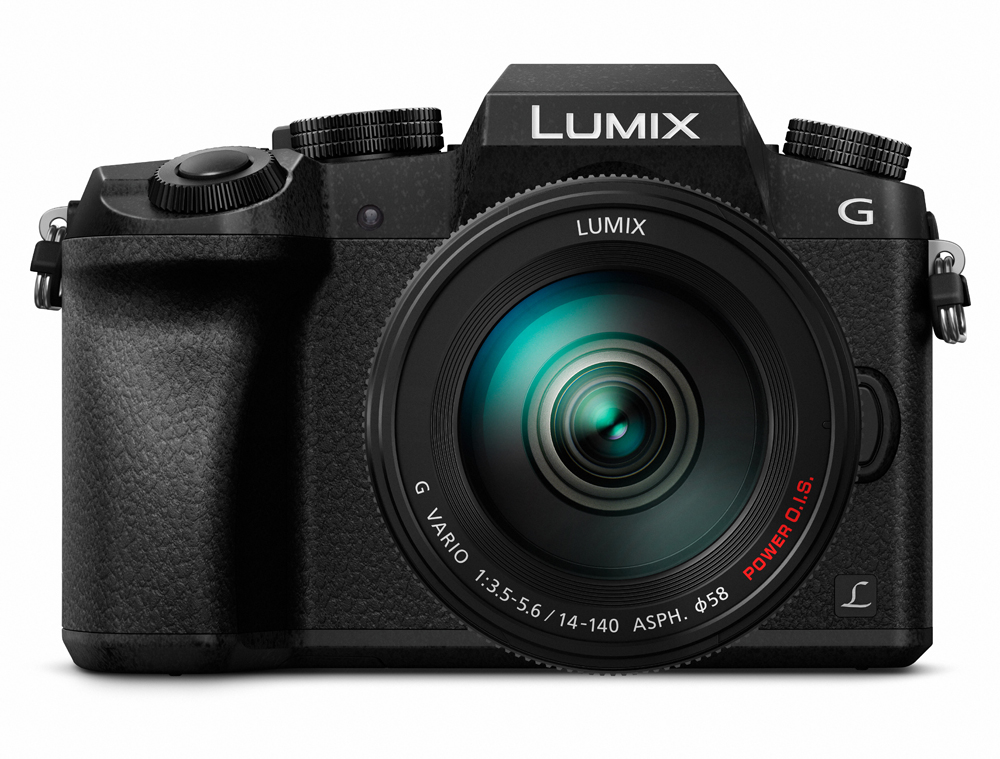 If your budget doesn’t stretch to these multi-thousand behemoths, then the Panasonic Lumix G7 will suit you perfectly. This powerful machine is capable of shooting 4K video and has a tilt-and-swivel touchscreen for optimal operability. Rounding out the package is a handy electronic viewfinder and a well-built body with a solid ergonomic handgrip. For the price, this is a great mirrorless filmmaking camera, and is a solid starter choice.
If your budget doesn’t stretch to these multi-thousand behemoths, then the Panasonic Lumix G7 will suit you perfectly. This powerful machine is capable of shooting 4K video and has a tilt-and-swivel touchscreen for optimal operability. Rounding out the package is a handy electronic viewfinder and a well-built body with a solid ergonomic handgrip. For the price, this is a great mirrorless filmmaking camera, and is a solid starter choice.
Fujifilm X-T2 / X-T20
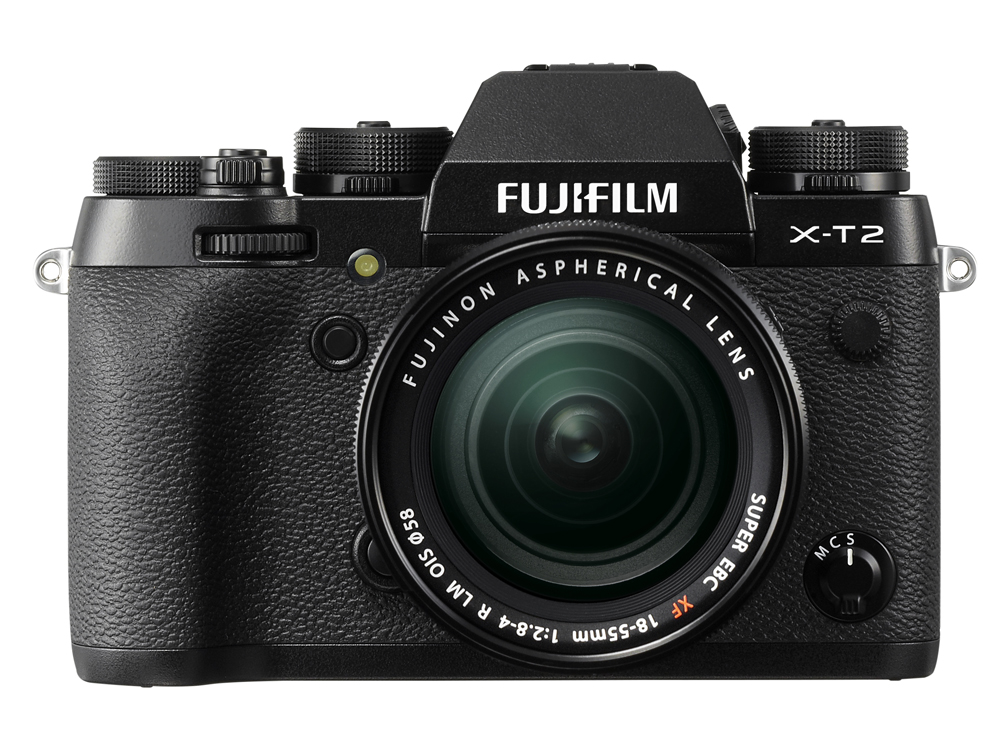 If you’d like to get into the lovely Fujifilm X system to shoot some video, the X-T2 is a solid buy. Fujifilm has created the F-Log gamma, a flat profile that marks out the X series as more serious video options than they have been in the past. The X-T2 also boasts a strong 12 stops of dynamic range and the absolutely outstanding image quality that users have come to expect from the series. If your budget doesn’t stretch to the X-T2, then it’s also worth looking at the X-T20, which is basically a miniature version of the X-T2, lacking a few features like some control dials and the option of a battery grip, but still able to produce fantastic footage.
If you’d like to get into the lovely Fujifilm X system to shoot some video, the X-T2 is a solid buy. Fujifilm has created the F-Log gamma, a flat profile that marks out the X series as more serious video options than they have been in the past. The X-T2 also boasts a strong 12 stops of dynamic range and the absolutely outstanding image quality that users have come to expect from the series. If your budget doesn’t stretch to the X-T2, then it’s also worth looking at the X-T20, which is basically a miniature version of the X-T2, lacking a few features like some control dials and the option of a battery grip, but still able to produce fantastic footage.
Sony a6500
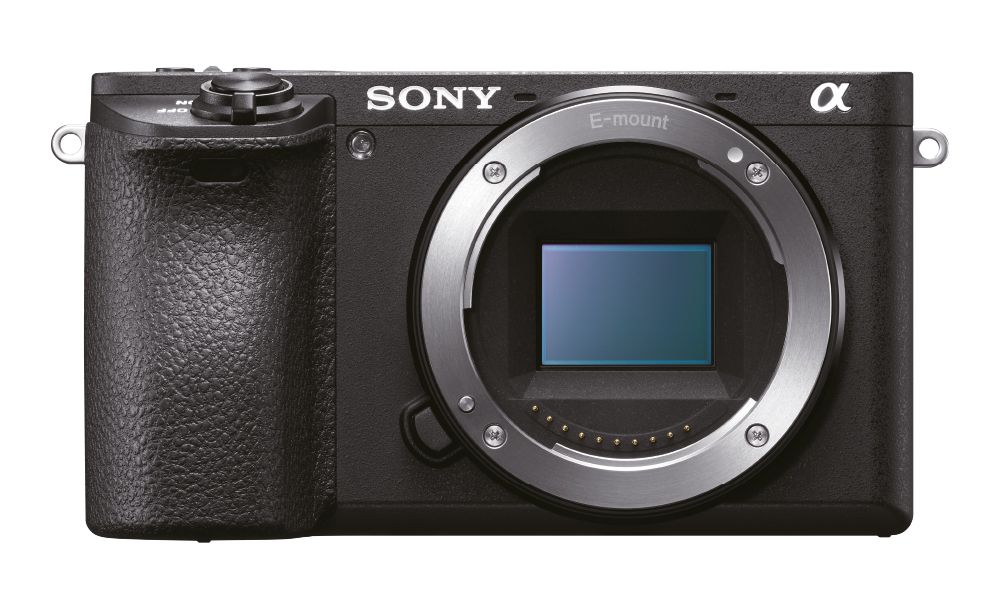
Sony’s speedy APS-C model is a great choice for videographers, able to shoot 4K for decent lengths of time, and also boasting 5-axis image stabilisation, S-Log, clean HDMI out and more. The a6500 handles well thanks to a comfortable grip, making it useful for handheld shooting, and its low-light performance is also impressive. The touchscreen LCD is another handy feature, making for smooth operability.

